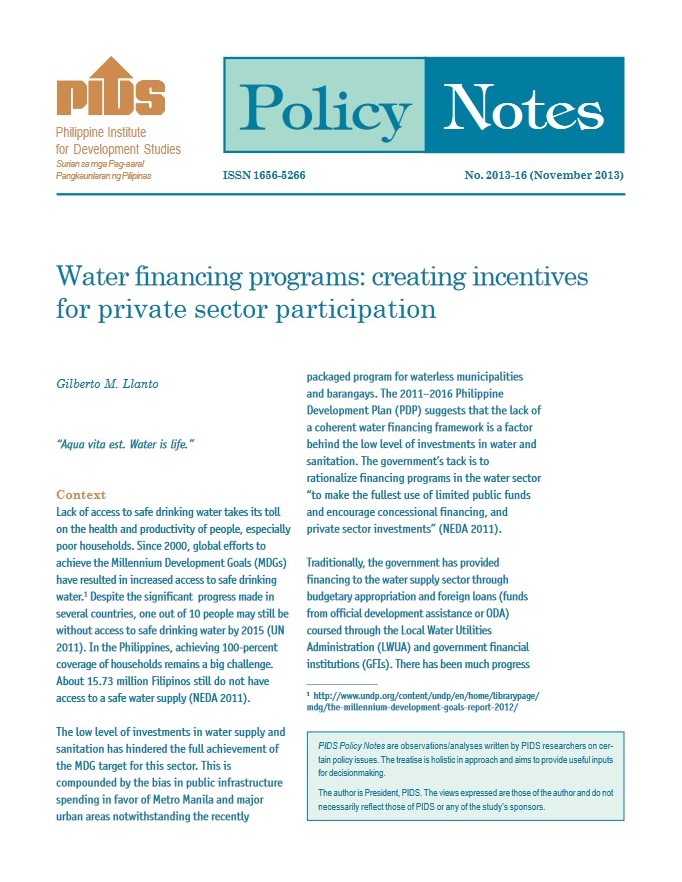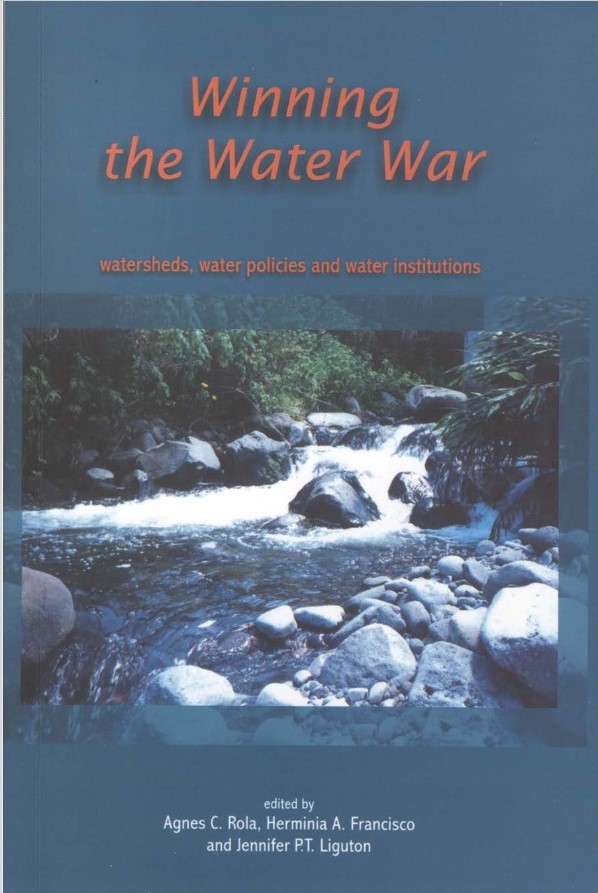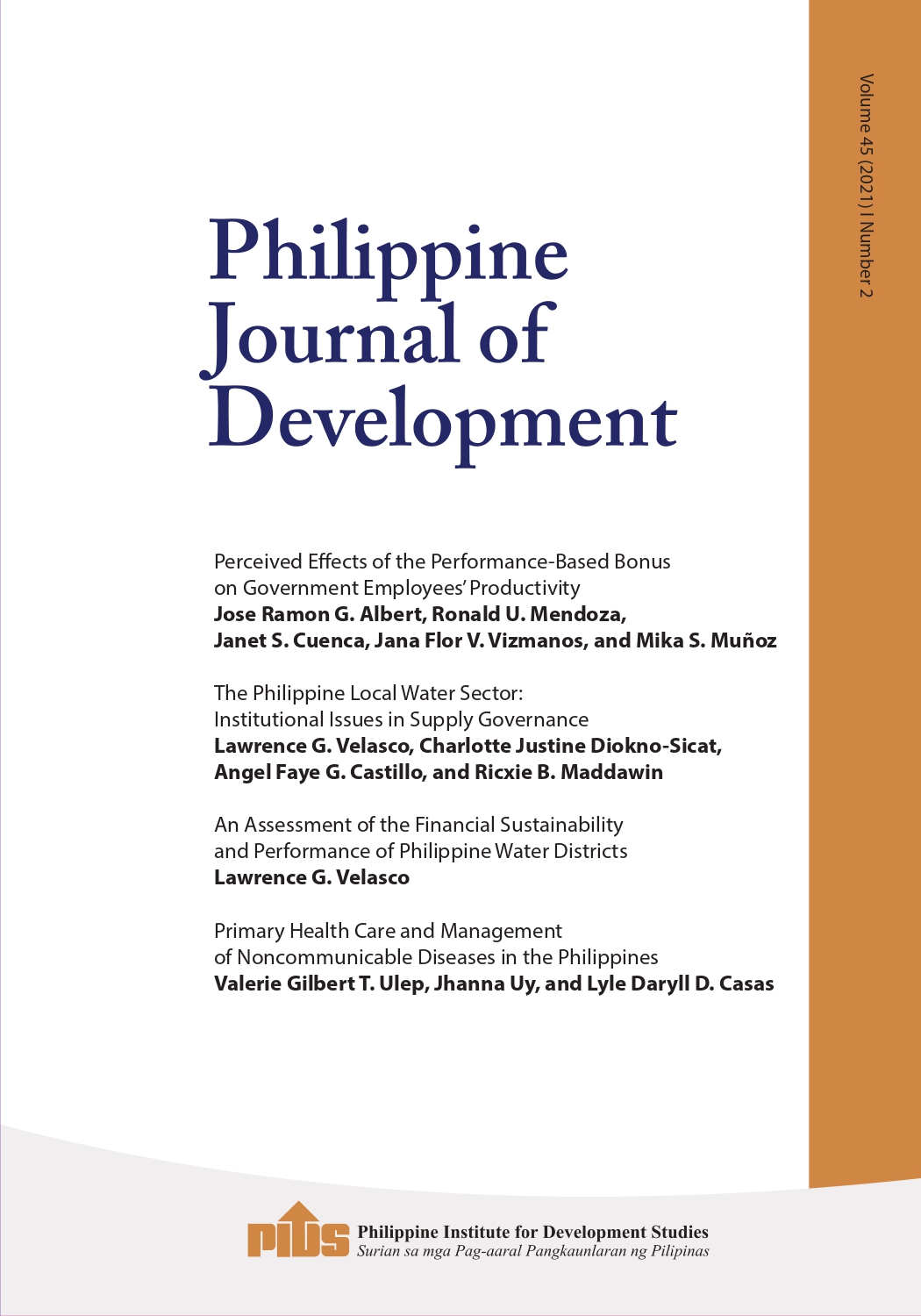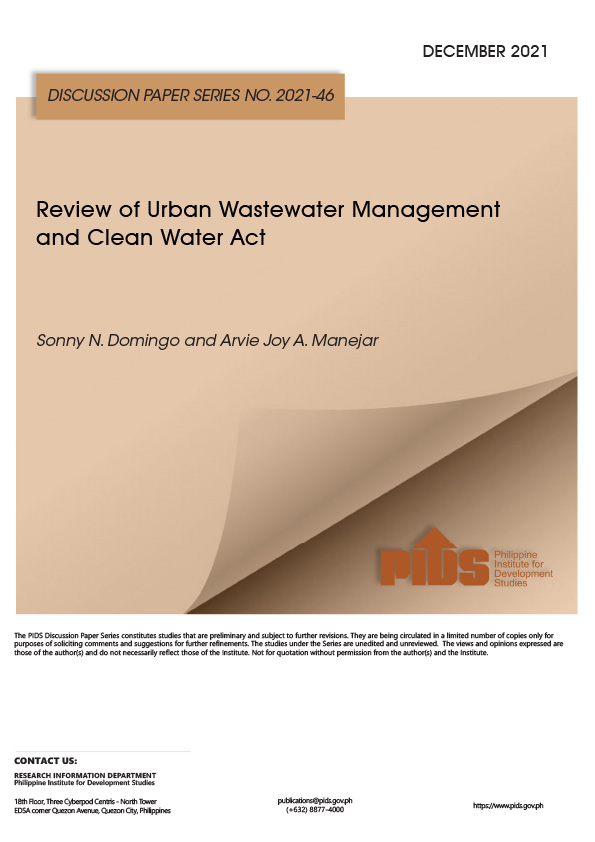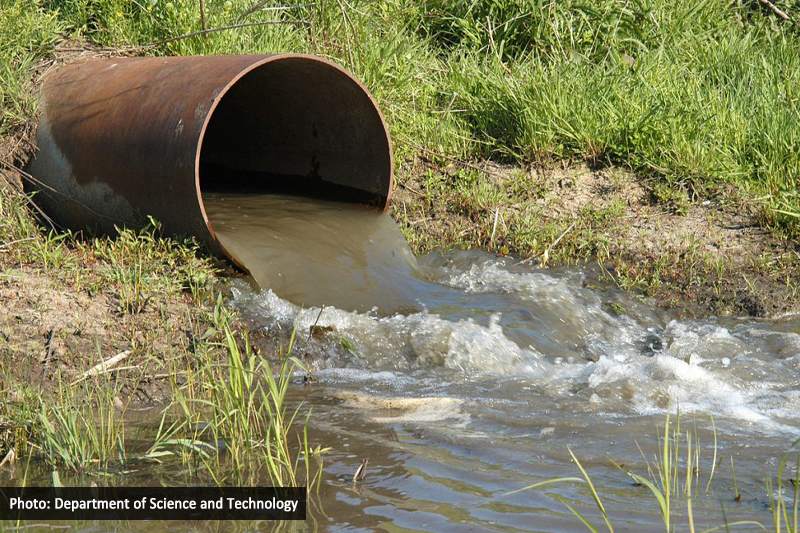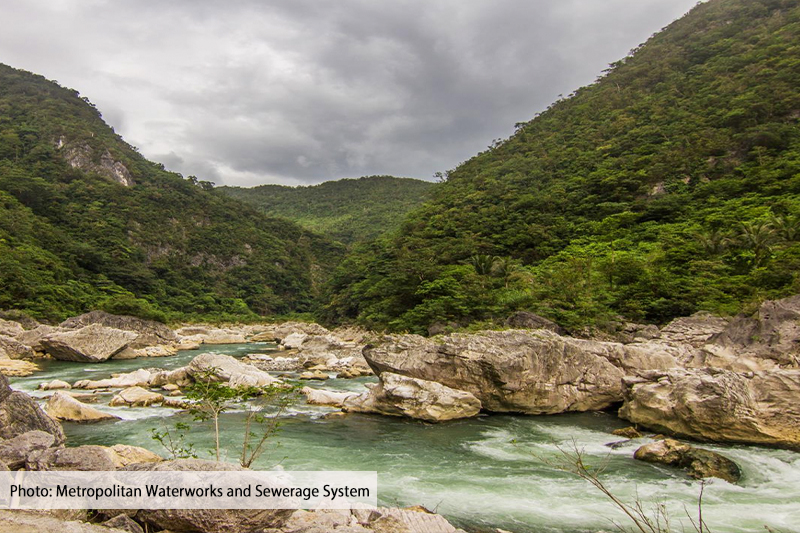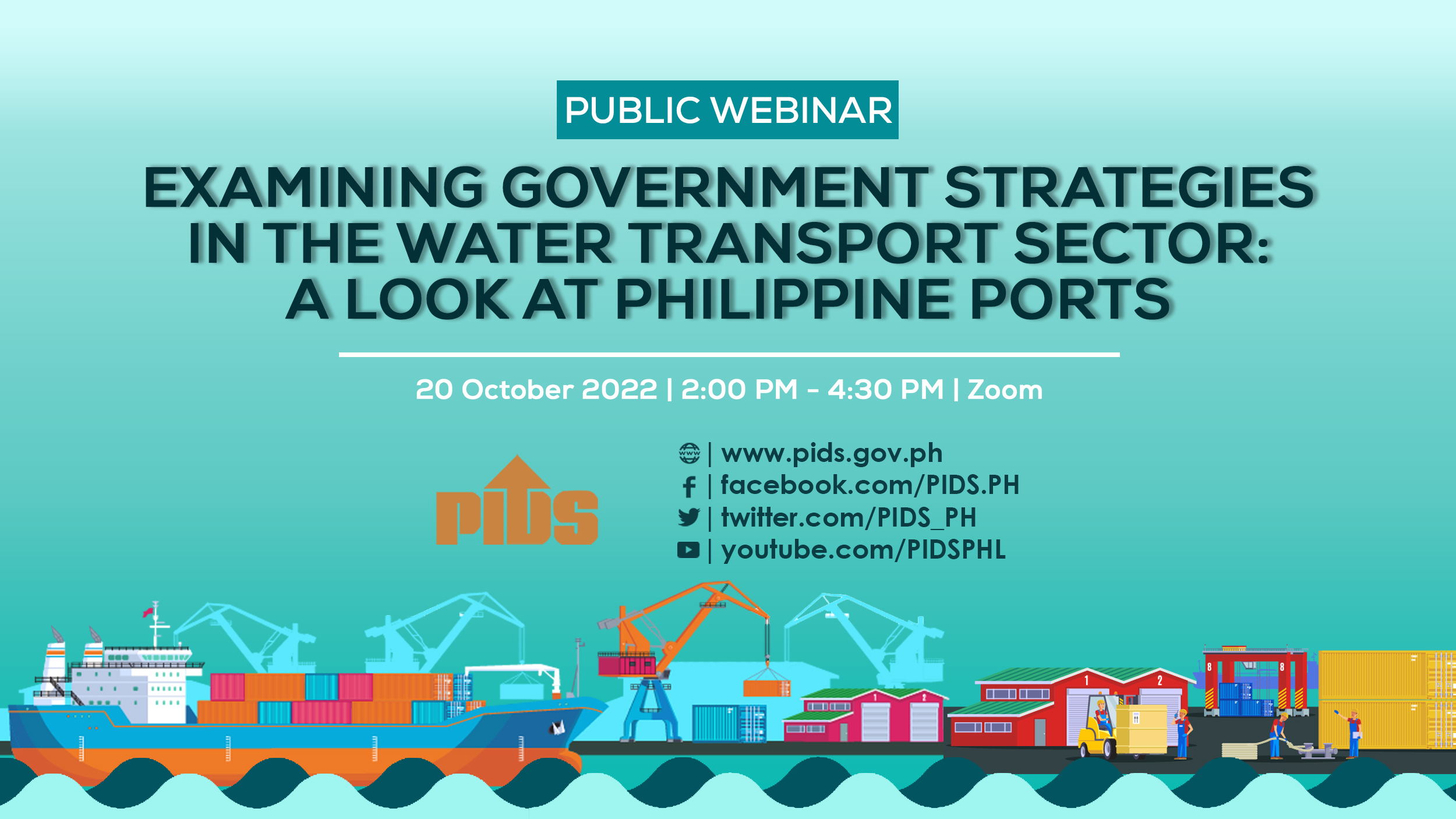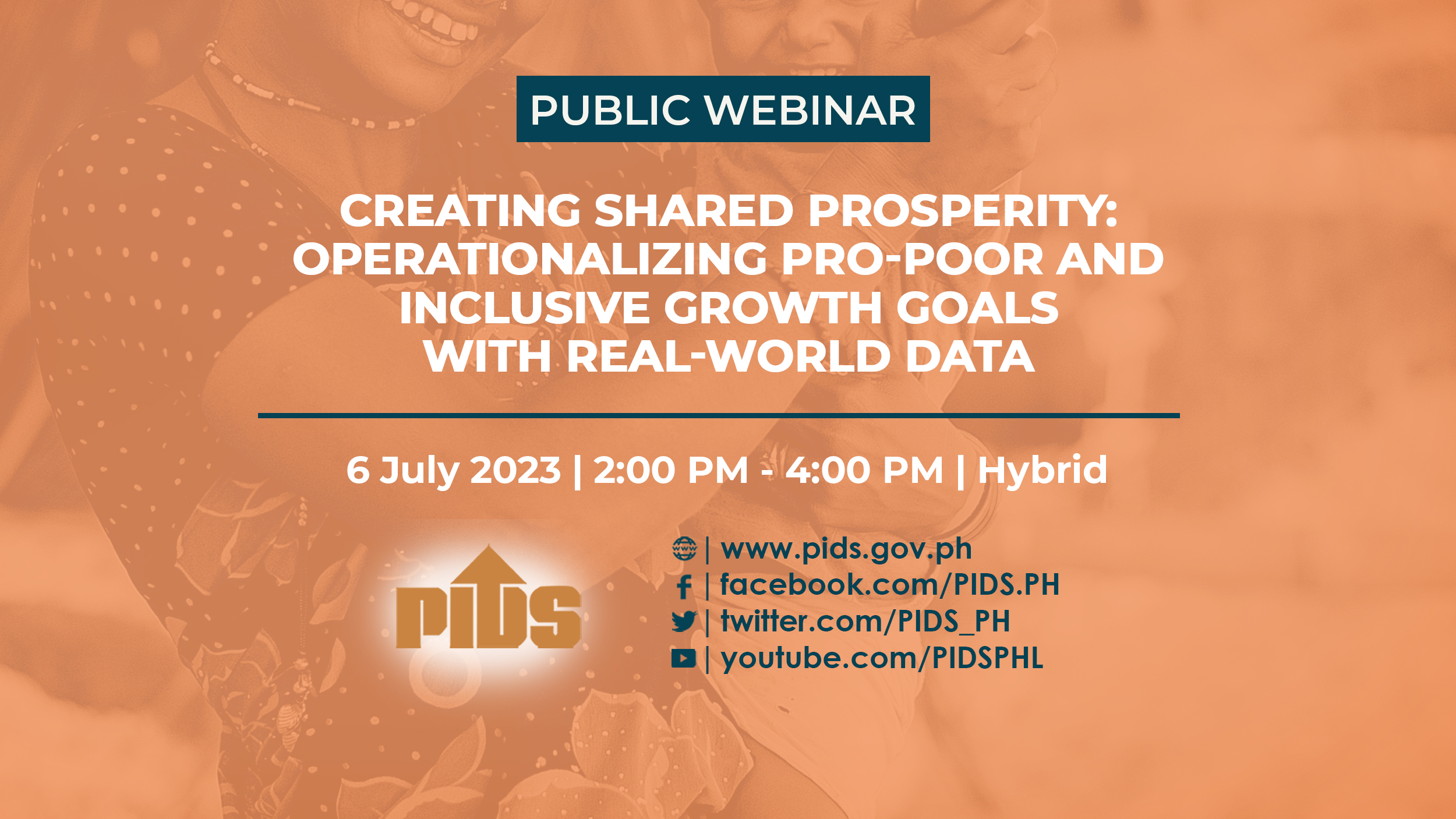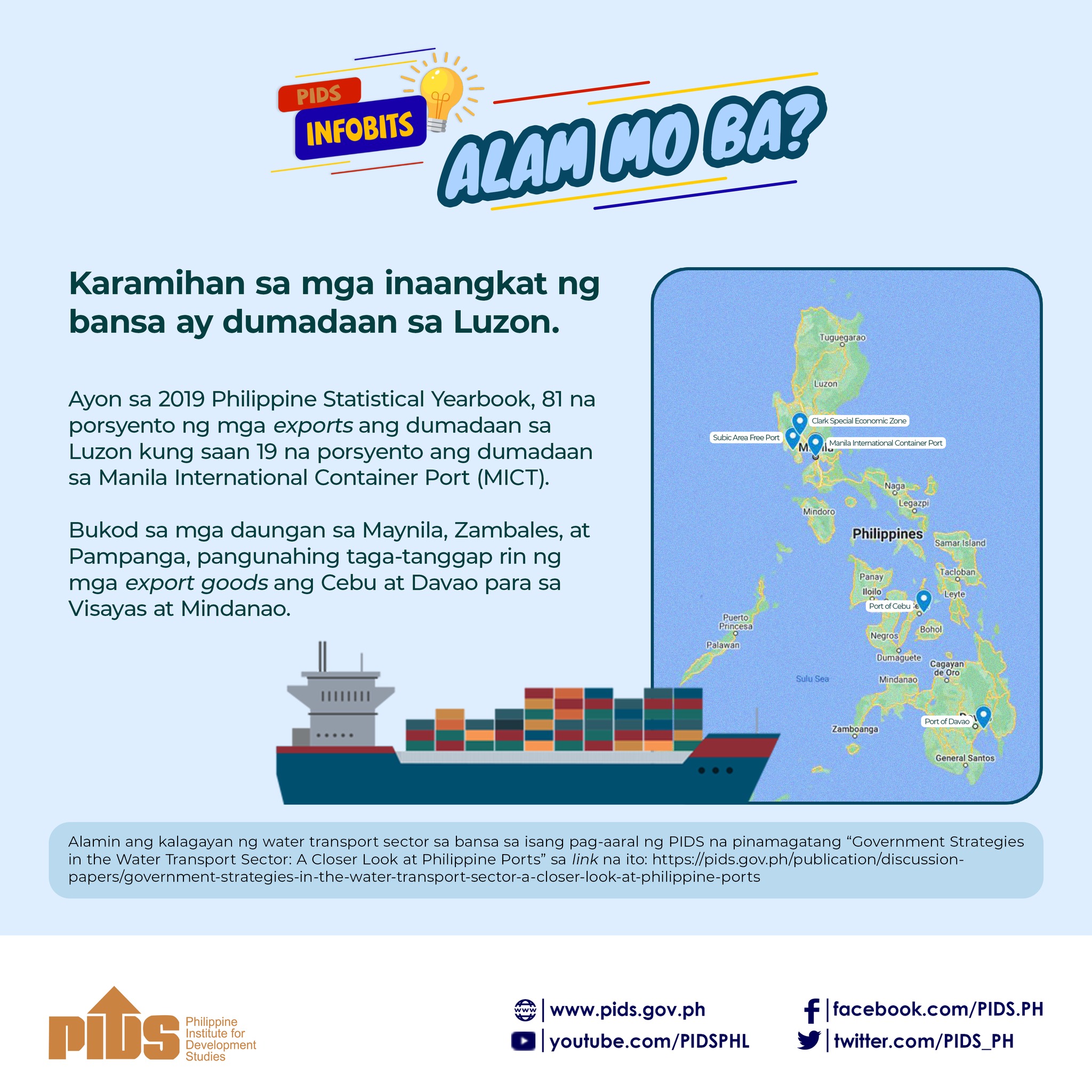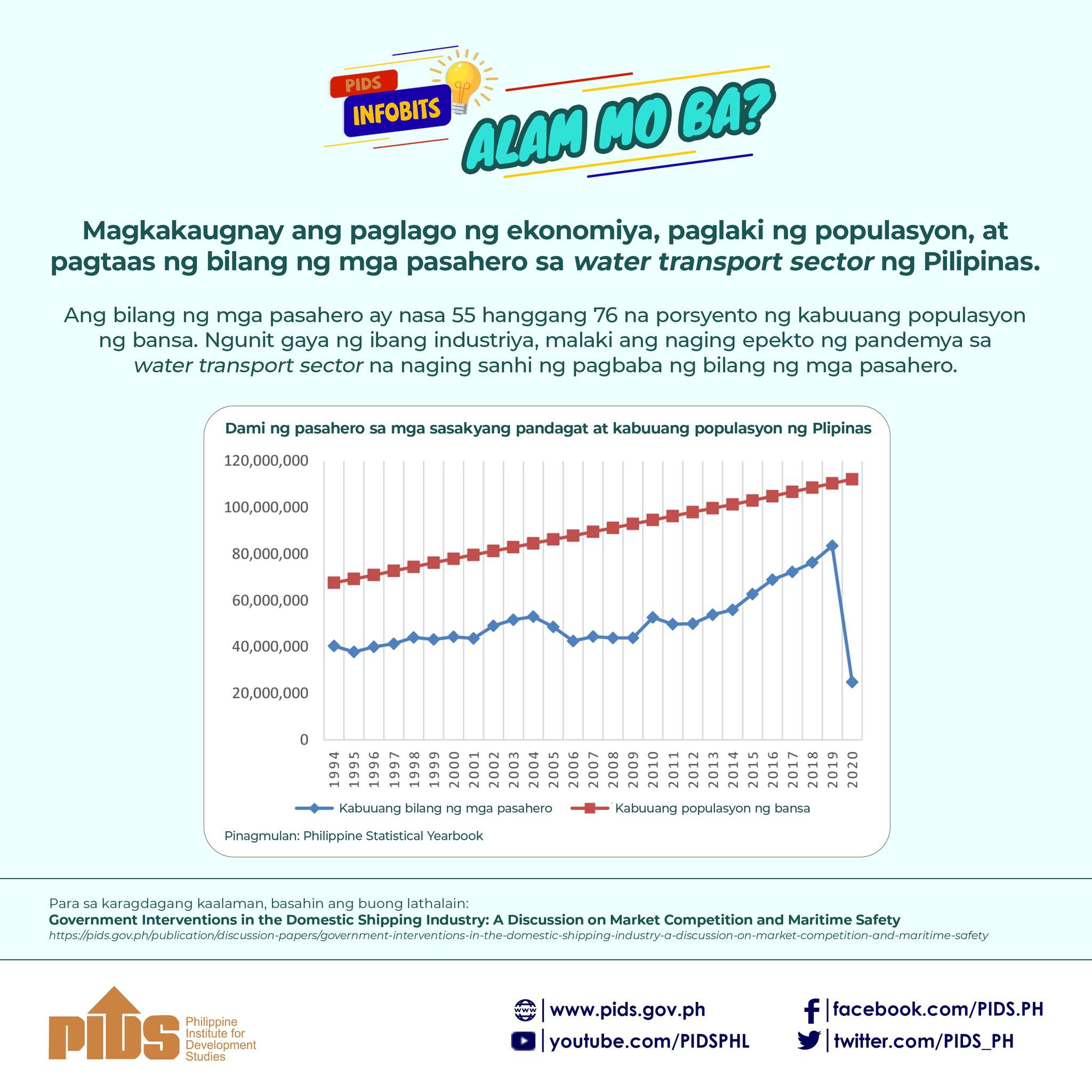Lack of access to safe drinking water takes its toll on the health and productivity of people, especially poor households. The 2011-2016 Philippine Development Plan (PDP) reports that about 15.73 million Filipinos still do not have access to a safe water supply. This can be attributed to the low level of investments in water supply and sanitation. The PDP notes that this is highly linked to the lack of a coherent water financing framework in the Philippines. Traditionally, the government has provided financing to the water supply sector through budgetary appropriation and foreign loans coursed through the Local Water Utilities Administration and government financial institutions. However, there are limitations to what government agencies can do with public financing of water delivery systems. It will be helpful to think of innovative approaches to entice private sector participation in the water supply sector. This Policy Note argues the case for working with the private sector on innovative financing schemes for the water supply sector. Public-private partnership or private sector participation arrangements or schemes may provide innovative schemes to address the inaccessibility of safe water in small municipalities or rural areas.

